DSLR Venus, Moon, Saturn, and Jupiter
Posted: 22 August 2021
|
Open: Saturday, 21 August 2021, 1826 MST Temperature: 86°F |
Session: 1655 Conditions: Clear |
Equipment:
12" f/8 LX600 w/StarLock
2" 24mm UWA eyepiece
2" 2X Powermate
1.25" 3X TeleXtender
Focal Reducer
UHC, OIII, HA, SII filters
Camera:
D850 DSLR
iPhone 11 Pro Max
1831 MST: LX600 ON, StarLock OFF, High Precision OFF.
Viewed the planet Venus, 102X.
Prepared the D850 DSLR for imaging. Mounted the DSLR at prime focus + 2" 2X Powermate + 1.25" 3X TeleXtender. Began imaging Venus.
This is a full-frame image of Venus (1/1250sec, ISO 1600).
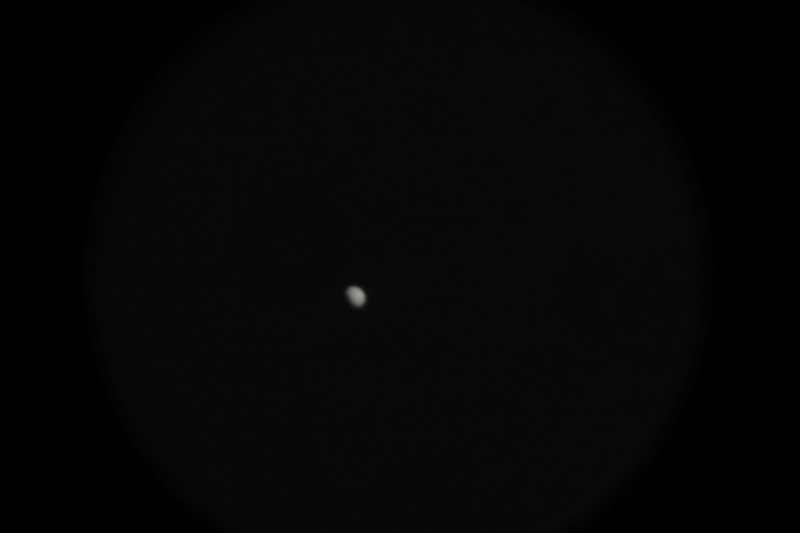
This is a stack of 385 video frames (1080p, 60fps, 1/1000sec, ISO 1600).
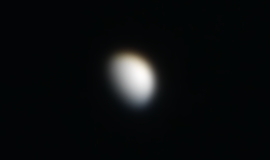
I then relaxed on the observatory patio bench to watch the stars come out.
1903 MST: sunset.
With the "Summer Triangle" now high in the sky after sunset, it is interesting to determine how soon after the sun sets you can first see each of the stars. Here are my times from this night:
1915 MST: Vega
1920 MST: Altair
1921 MST: Deneb
1928 MST: viewed Saturn and its moon Titan, 102X, through a tree.
2010 MST: the nearly Full Moon began rising over the hill to the southeast. I returned to the 12" telescope.
Mounted the D850 DSLR at prime focus to determine if the entire lunar disk would fit in the camera field-of-view. It did not quite all fit, so I would use the focal reducer for lunar imaging once the Moon was high enough.
2020 MST: viewed the Moon, 102X, through the tree. A very slight terminator was visible.
Returned to the patio bench while waiting for the Moon to rise higher in the sky.
2054 MST: took this handheld iPhone 11 Pro Max of the Full Moon projected onto the observatory dome. The constellation of Cassiopeia is at the upper right.
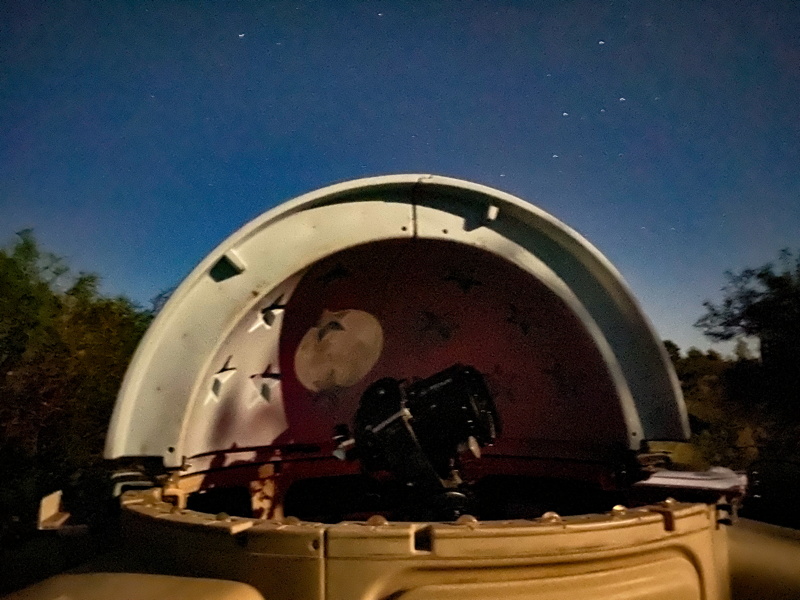
2105 MST: back inside the observatory. Mounted the D850 DSLR at prime focus + focal reducer. Took this photo (1/400sec, ISO 100).
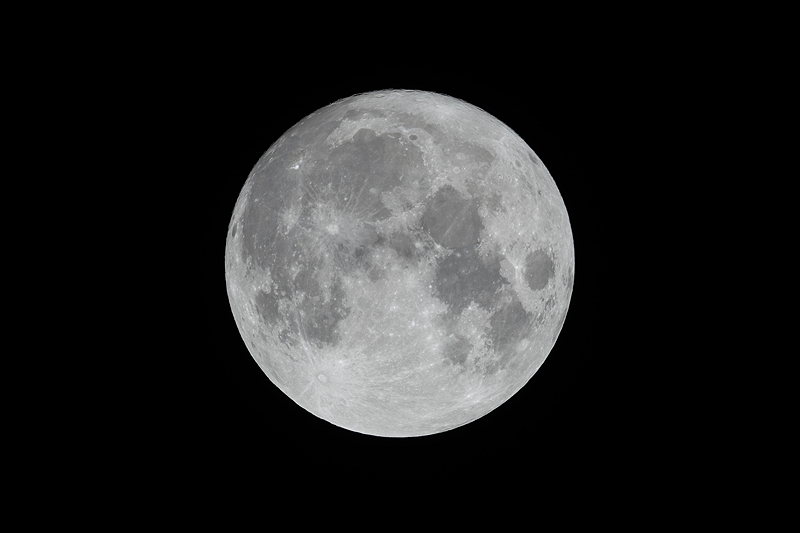
I then took these images through the UHC, OIII, HA, and SII filters (1/250sec, ISO 100/640/1000/1600 respectively).
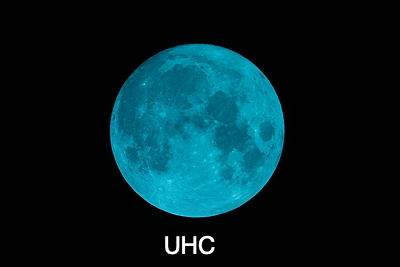
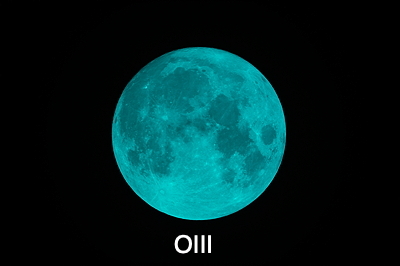
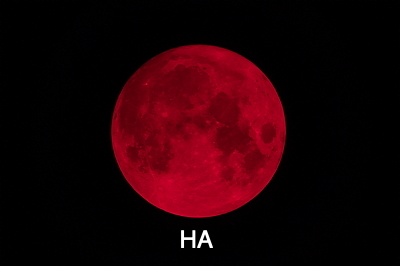
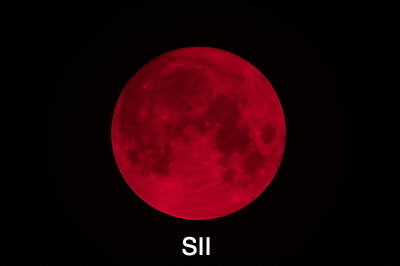
2133 MST: viewed the planet Jupiter and the four Galilean Moons, 102X. Then viewed Saturn and four moons, 102X.
Mounted the DSLR at prime focus + 2" 2X Powermate + 1.25" 3X TeleXtender. Began imaging Saturn, then Jupiter.
This is a single exposure of Saturn (1/4sec, ISO 1600).
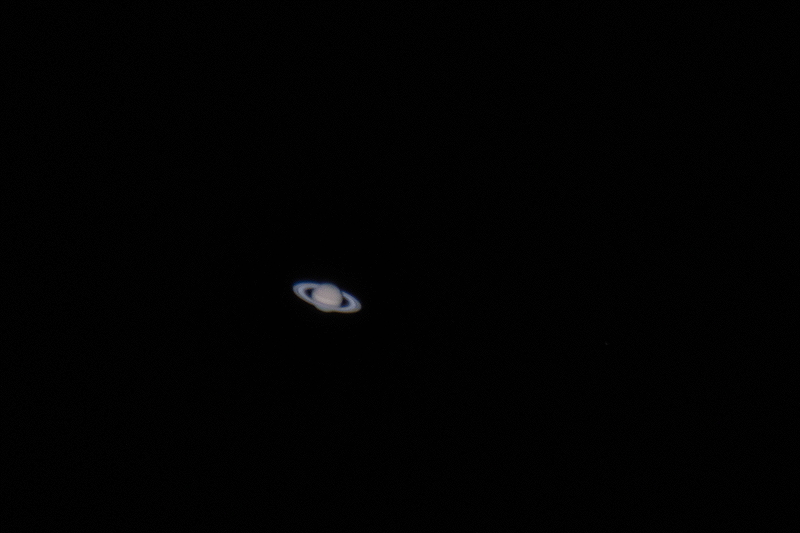
This is a magnified view from the same image.
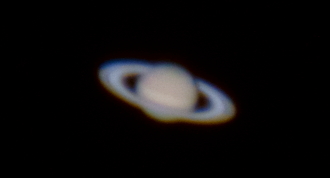
And a stack of 1331 video frames (1080p, 60fps, 1/60sec, ISO 12800).
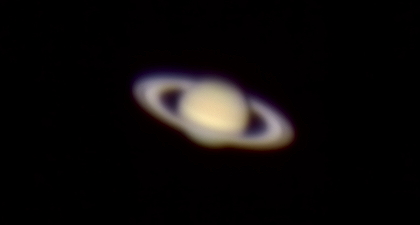
This is a single exposure of Jupiter (1/40sec, ISO 1600).
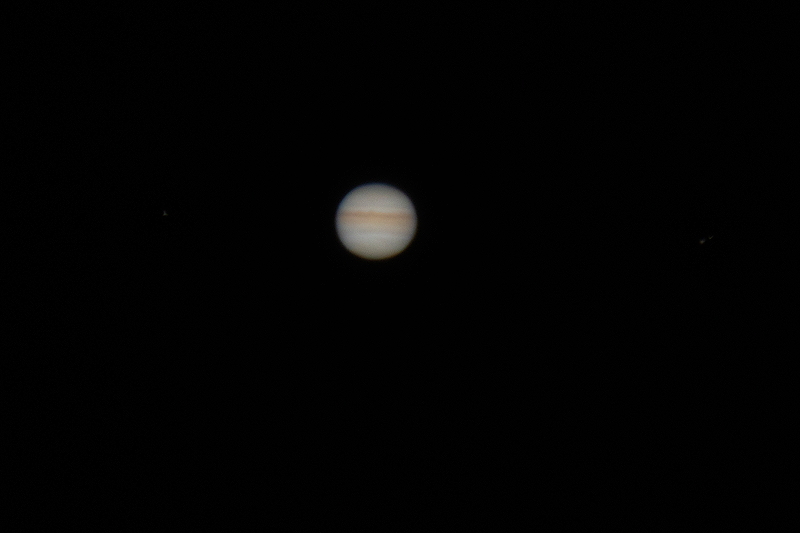
This is a magnified view from the same image.
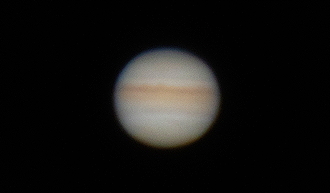
And a stack of 656 video frames (1080p, 60fps, 1/60sec, ISO 2500).
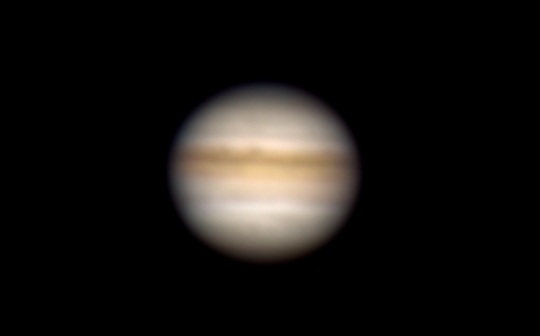
Removed the camera and viewed Jupiter and its four moons, 203X. Then viewed Saturn and four of its moons, 203X. Nice views.
2200 MST: LX600 OFF.
|
Close: Saturday, 21 August 2021, 2213 MST Temperature: 75°F |
Session Length: 3h 47m Conditions: Clear |
Comments are welcome using Email. Twitter users can use the button below to tweet this report to their followers. Thanks.
Cassiopeia Observatory Home Page
Copyright ©2021 Michael L. Weasner / mweasner@me.com
URL = http://www.weasner.com/co/Reports/2021/08/22/index.html
